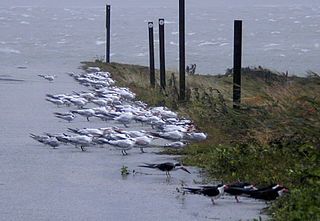Talking Sustainable Agriculture on North Carolina's Outer Banks

For better or worse, that’s not the case. I delighted in Sunday’s New York Times, which featured a front-page article on California’s new-found budget surplus, totalling somewhere between $1 billion and $4.4 billion. Of course, this is welcome news in a state run largely by Democrats who hated being forced to slash the social services to recover from the state’s huge deficit ($60 billion) that existed as recently as three years ago.
So how to spend that loot?
Remarkably, the governor’s office haven’t asked me for a suggestion. But when that moment comes, it will be for the development of a single, low-cost program that will foster education, employment, health and sustainability. All four at once? Does that sound far-fetched? Not at all. Here’s a specific recommendation:
Bring the subject of aeroponics (a breakthrough in sustainable agriculture) to inner-city schools.
First and most obviously, children of all ages and socio-economic groups need to understand that our current approach to agriculture has serious drawbacks. Millions of families are under-nourished, and the agribusinesses that provide our food operate in grossly unsustainable ways, pumping an ever-increasing variety of harsh chemical pesticides and fertilizers into our food – not to mention our land and waterways.
From there, note that the study of proper nutrition and the processes by which it can be provided offers touch-points to virtually every educational discipline, including, first of all, the sciences:
• Biology (botany, zoology, genetics, animal husbandry, etc. – looking at the life forms we consume from the level of molecules, cells, issues, organs, individuals, groups, and populations)
• Chemistry (inorganic and biochemistry)
• Physics (thermodynamics, energy efficiency, energy conservation, mechanics of food production)
• Geology and Climatology (much of what we eat is a function of the climate in which we live)
• Health and Nutrition (how, precisely what we eat provides nutrition and wellness)
As well as the humanities:
• Sociology (food is more than a simple substance; it lies at the root of many of our cultural traditions and customs)
• History (the evolution of food production and consumption has played important roles in historic events through the ages)
With a little imagination, this discussion could be made even further-ranging.
Aeroponics, with its sister disciplines bioaeroponics and aquaponics, offers an enormous number of advantages over terrestrial agriculture – especially as the latter has slid into such states of degradation and desperation. Aeroponics offers local, organically grown food with a tiny fraction of the use of water and land.
OK, California, go for it.
